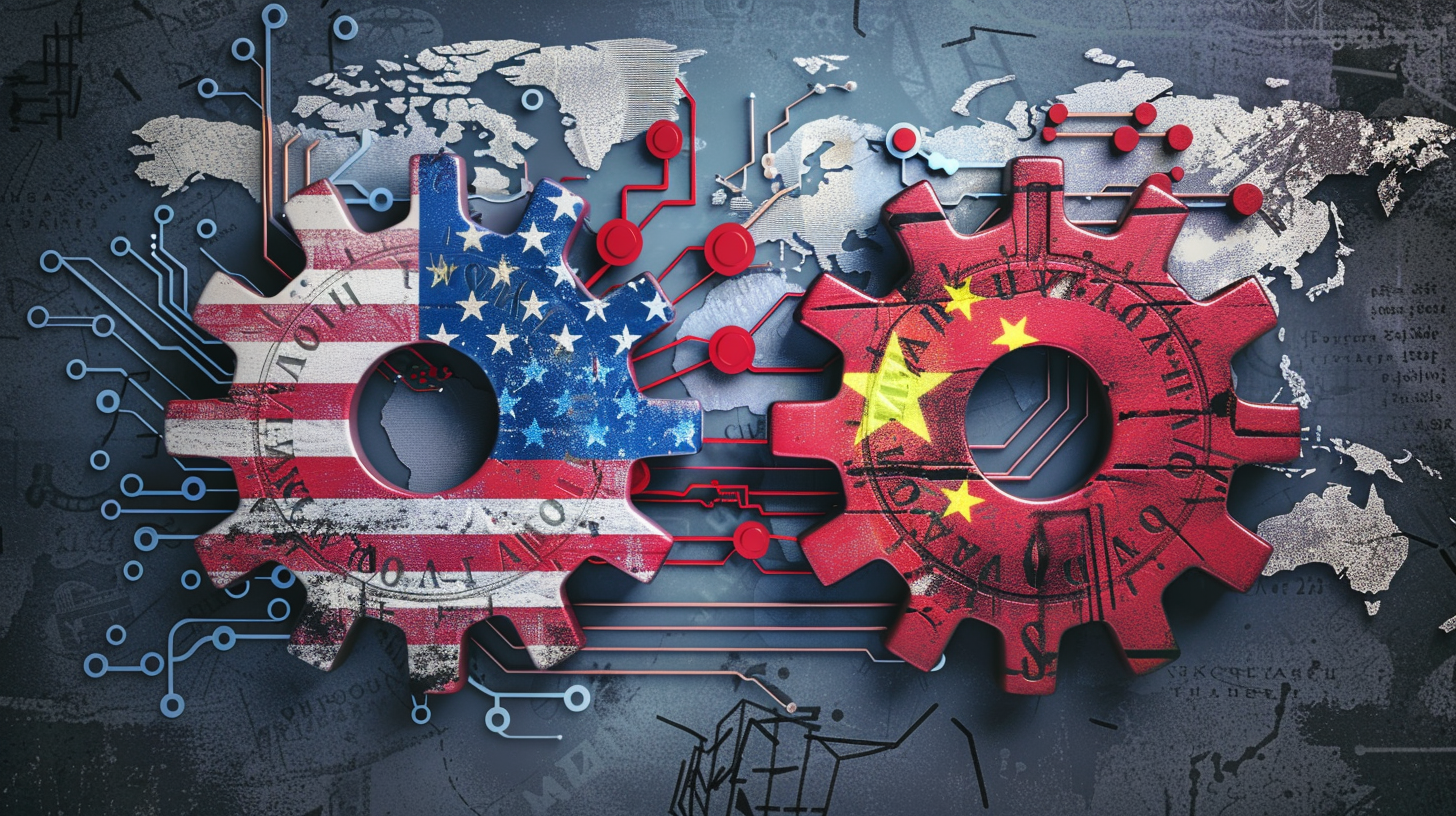President Donald Trump unveiled a sweeping new round of tariffs on Thursday, targeting industries from pharmaceuticals to heavy trucks and furniture in what marks one of the most aggressive expansions of his trade agenda to date. The tariffs will range from 30% to 100%, with the heaviest duties falling on patented prescription drugs unless their producers establish manufacturing facilities within the United States.
The pharmaceutical sector sits at the center of the new policy. Under the plan, companies that are not actively building domestic plants face tariffs as high as 100% on patented drugs imported into the U.S. The administration has framed the move as a way to push drugmakers to “reshore” production after years of relying on overseas supply chains.
The measures add new layers to Trump’s already extensive tariff program, which has been rolled out in waves since 2018. While the pharmaceutical duties were previewed earlier this year, the inclusion of industries such as furniture and heavy trucks represents a new front in the administration’s trade efforts.
The White House is also signaling plans to reshape semiconductor supply chains. According to administration officials, chipmakers will be asked to manufacture in the U.S. at least as many chips as they sell domestically, with tariffs applied to firms that fail to meet a 1:1 production-to-import ratio. The move comes amid concerns about the nation’s reliance on foreign-made semiconductors, a vulnerability highlighted by recent supply disruptions.
Trump has suggested using tariff revenue to support U.S. farmers who may be squeezed by the new trade measures. He has argued that while agricultural producers could feel pain in the short term, tariff-driven policy shifts would ultimately benefit them. Still, it remains unclear how relief would be delivered. Any bailout plan could run into legal hurdles, with the Supreme Court preparing to weigh in on challenges to the tariff program. Lower courts have previously ruled against aspects of the administration’s trade authority, raising the possibility that billions in tariff collections could be subject to refund.
The tariff announcement arrives as the U.S. and China move toward broader trade negotiations. Reports indicate the two nations are finalizing a large aircraft purchase by Beijing, potentially involving Boeing, which could serve as a centerpiece of a wider agreement. Trump has described the discussions with Chinese President Xi Jinping as “productive,” noting that the two leaders have agreed to continue talks in the coming months.
The administration has also linked progress in trade talks with other economic and political issues. Earlier this month, the White House confirmed that Oracle would participate in a U.S.-based consortium to manage TikTok operations, part of a wider effort to reshape the economic relationship between the world’s two largest economies.
Investors remain divided on the long-term effects of the new tariffs. While supporters argue the measures will bring manufacturing jobs back to U.S. soil and strengthen domestic industries, critics warn that higher costs could be passed on to consumers and businesses, dampening growth. The pharmaceutical sector, in particular, could face significant disruption as companies weigh the high costs of reshoring production against the risk of steep import penalties.
With the 2024–2025 trade agenda expanding rapidly, the coming months will test whether the administration can balance its protectionist push with the need to maintain global supply chains and avoid further economic strain.











